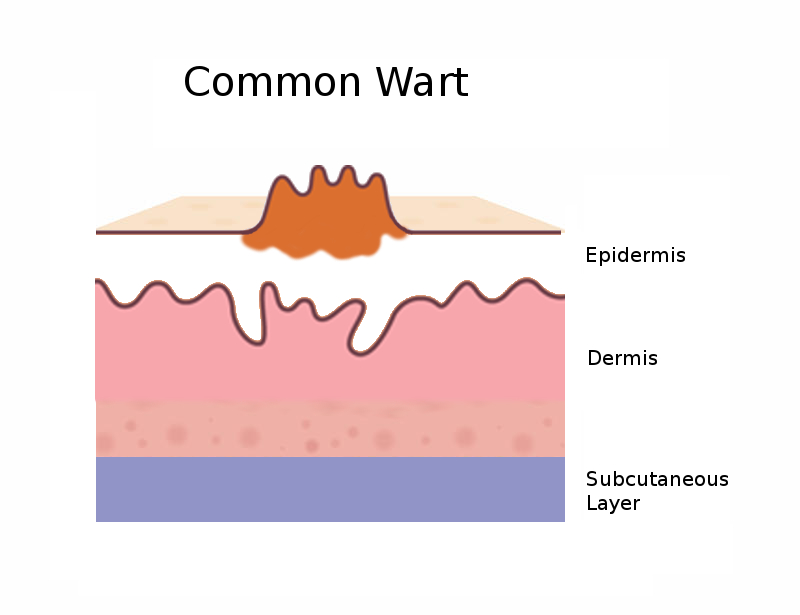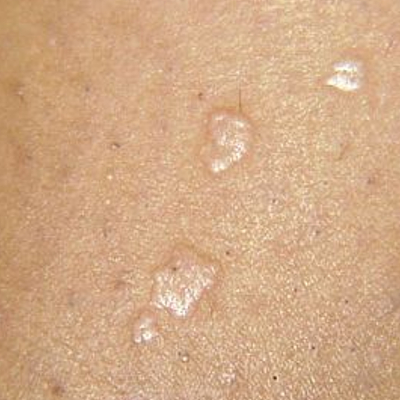What is the difference between age spots, sun spots and freckles?
Although sunspots, age spots and freckles can look very similar, they have different characteristics and only sun spots and age spots are currently being removed using Cryotherapy at Moyal Therapies. Lets take a look at how to distinguish between these different types of brown spots.
What are age spots and sun spots?
Age spots and sun spots are very common and seen mostly in people with white skin after the age of 35. These spots also go under the name of liver spots, senile lentigines or solar lentigines. They are are flat, brown, grey, or black spots on the skin and are usually found on areas that have been exposed to the sun regularly.
The primary cause of these spots is exposure to sun which speeds up the production of melanin. After years of sun exposure the melanin can clump together in certain areas causing high concentrations of melanin, which leads to sun spots and age spots. Tanning beds will have the same effect on the melanin production as natural sun.
People with fair skin and blond hair are more susceptible to the development of these spots. The spots are completely harmless, but some people choose to have them removed for aesthetic purposes. If however, the spots have very dark pigmentation, are red or a combination of colours, increase in size over a short period of time, have an irregular border or are itching and tender, they should be seen by a doctor.
What are freckles?
Freckles are typically smaller than sun spots and age spots and can appear anywhere on the body. They are inherited and are usually seen in children, and will sometimes fade as the person ages. Sun exposure also plays a part in the amount and darkness of the freckles, however this is only the case if the person is genetically predisposed to developing as is seen in red heads and fair skins.
The colour of a freckle is due to skin pigment accumulating in the skin cells. The melanocytes responsible for skin pigmentation, don't produce much melanin during the winter months, only when they are exposed to sun. When there is no exposure to sun, freckles fade as the skin cells are replaced by new cells, hence the reason why freckles fade during winter.
How to tell the difference?
The main difference between sun spots, age spots and freckles, is the age at which they appear, the size and the location. If the brown spot is located in a place where there has been repeated sun exposure over many years, is first noticed in middle age and is larger than a typical freckle, then it is probably a sun spot. If the brown spot is small, has been there since childhood, has started becoming more noticeable due to sun exposure and is on a person predisposed to getting freckles, then is is probably not a sun spot.
Why is it important to tell the difference between sun spots and freckles?
For a person wishing to have a brown spot removed with Cryotherapy, it is important to correctly identify whether it is a sun spot or a freckle. Cryotherapy is useful only for well-localized hyper-pigmentation, such as sun spots and age spots. However, for such brown spots Cryotherapy is as effective as using laser but more reliable, less expensive and less likely to cause side effects.










The majority of warts have a very distinct appearance, looking like little rough bumps usually round in shape and less than one centimetre wide.
However, one type of wart which can often be confused with a skin tag is the filiform wart. The filiform wart is caused by a subtype of the HPV virus. More than 70 subtypes of the HPV virus are known, each causing different types of warts on different parts of the body.